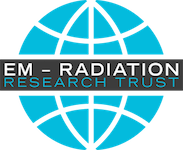The fifth generation of telecommunications technologies, 5G, is fundamental to achieving a European gigabit society by 2025. The aim to cover all urban areas, railways and major roads with uninterrupted fifth generation wireless communication can only be achieved by creating a very dense network of antennas and transmitters. In other words, the number of higher frequency base stations and other devices will increase significantly. This raises the question as to whether there is a negative impact on human health and environment from higher frequencies and billions of additional connections, which, according to research, will mean constant exposure for the whole population, including children. Whereas researchers generally consider such radio waves not to constitute a threat to the population, research to date has not addressed the constant exposure that 5G would introduce. Accordingly, a section of the scientific community considers that more research on the potential negative biological effects of electromagnetic fields (EMF) and 5G is needed, notably on the incidence of some serious human diseases. A further consideration is the need to bring together researchers from different disciplines, in particular medicine and physics or engineering, to conduct further research into the effects of 5G. The EU’s current provisions on exposure to wireless signals, the Council Recommendation on the limitation of exposure of the general public to electromagnetic fields (0 Hz to 300 GHz), is now 20 years old, and thus does not take the specific technical characteristics of 5G into account.
View article here: Effects of 5G wireless communication on human health – Think Tank

